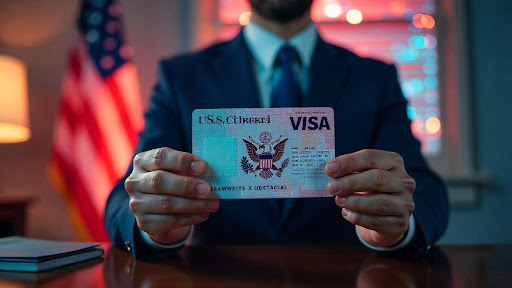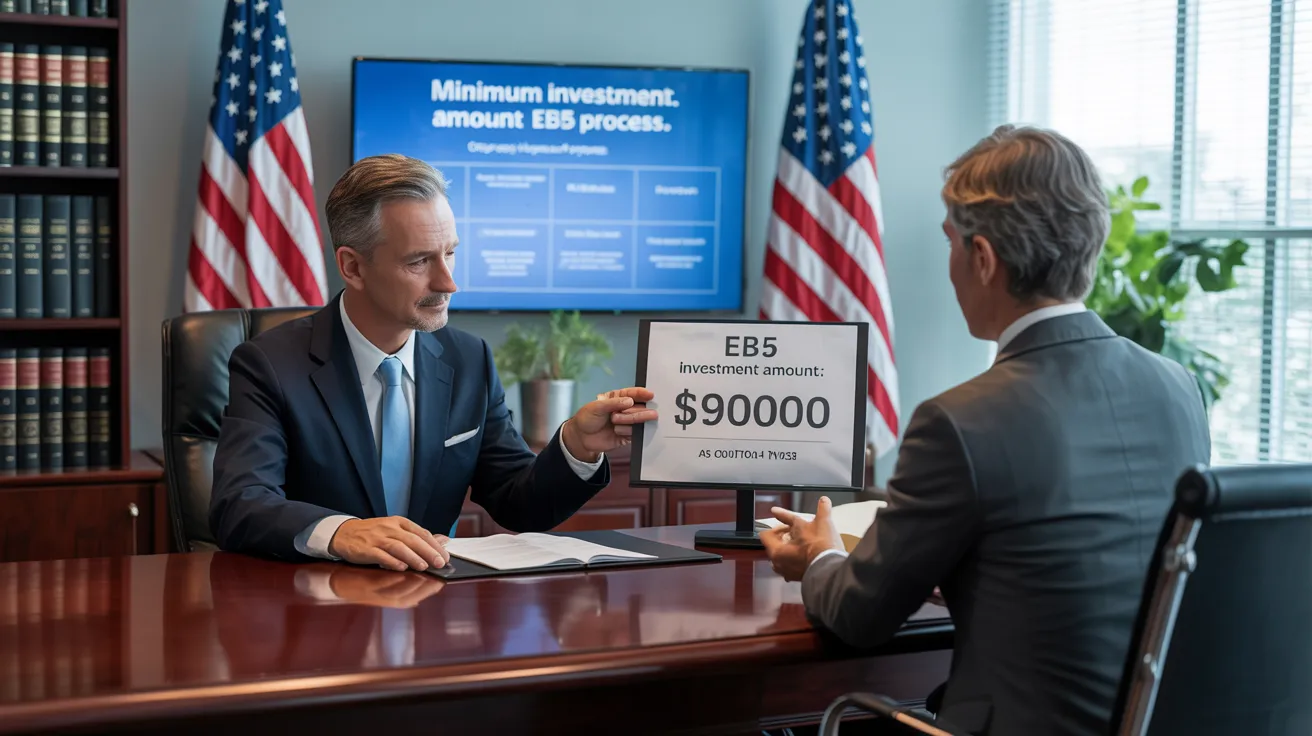What Does L1 Visa Do?
Table of ContentsThe Only Guide to L1 VisaL1 Visa Can Be Fun For AnyoneTop Guidelines Of L1 VisaHow L1 Visa can Save You Time, Stress, and Money.7 Easy Facts About L1 Visa DescribedFacts About L1 Visa Revealed
Offered from ProQuest Dissertations & Theses Global; Social Science Costs Collection. DHS Workplace of the Examiner General. Recovered 2023-03-26.
U.S. Department of State. Recovered 2023-02-08. Tamen, Joan Fleischer (August 10, 2013).
Some Ideas on L1 Visa You Should Know
In order to be eligible for the L-1 visa, the international business abroad where the Beneficiary was employed and the U.S. business must have a qualifying partnership at the time of the transfer. The various kinds of certifying connections are: 1. Parent-Subsidiary: The Moms and dad means a company, firm, or other lawful entity which has subsidiaries that it owns and controls."Subsidiary" indicates a company, corporation, or various other lawful entity of which a parent has, directly or indirectly, even more than 50% of the entity, OR owns much less than 50% yet has monitoring control of the entity.
Example 1: Business A is included in France and employs the Beneficiary. Firm B is included in the united state and wishes to seek the Beneficiary. Business An owns 100% of the shares of Company B.Company A is the Parent and Firm B is a subsidiary. For that reason there is a qualifying relationship between both companies and Firm B must have the ability to fund the Recipient.
Example 2: Firm A is integrated in the united state and intends to petition the Recipient. Firm B is integrated in Indonesia and uses the Recipient. Company An owns 40% of Business B. The staying 60% is possessed and regulated by Business C, which has no connection to Firm A.Since Firm A and B do not have a parent-subsidiary relationship, Company A can not fund the Recipient for L-1.
Instance 3: Firm A is integrated in the U.S. and intends to request the Recipient. Business B is incorporated in Indonesia and utilizes the Beneficiary. Business A possesses 40% of Firm B. The continuing to be 60% is owned by Firm C, which has no relation to Company A. Nonetheless, Business A, by formal agreement, controls and complete manages Firm B.Since Business An owns less than 50% of Business B yet manages and controls the company, there is a certifying parent-subsidiary relationship and Business A can fund the Recipient for L-1.
L1 Visa - The Facts
Business B is integrated in the U.S.
What Does L1 Visa Mean?

The L-1 visa is an employment-based visa group established by Congress in 1970, allowing international business to move their supervisors, execs, or crucial personnel to find out more their united state procedures. It is typically described as the intracompany transferee visa. There are 2 major sorts of L-1 visas: L-1A and L-1B. These types appropriate for employees hired in different settings within a firm.

Furthermore, the beneficiary has to have operated in a managerial, executive, or specialized employee position for one year within the three years coming before the L-1A application in the international company. For brand-new workplace applications, foreign employment should have remained in a supervisory or executive capacity if the beneficiary is pertaining to the USA to function as a supervisor or exec.
The L1 Visa Diaries

If given for a united state company operational for greater than one year, the preliminary L-1B visa is for as much as 3 years and can be expanded for an extra 2 years (L1 Visa). On the other hand, if the united state company is freshly established or has been operational for less than one year, the preliminary L-1B visa is released for one year, with extensions available in two-year increments
The L-1 visa is an employment-based visa category developed by Congress in 1970, allowing multinational companies to transfer their supervisors, executives, or key employees to their U.S. procedures. It is generally referred to as the intracompany transferee visa.
The smart Trick of L1 Visa That Nobody is Discussing
In addition, the recipient needs to have operated in a supervisory, exec, or specialized worker placement for one year within the 3 years preceding the L-1A application in the international company. For brand-new office applications, foreign employment must have been in a supervisory or executive ability if the beneficiary is coming to the USA to work as a manager or exec.
for approximately seven years to supervise the operations of the U.S. affiliate as an exec or supervisor. If provided for an U.S. business that has actually been functional for more than one year, the L-1A visa is at first granted for as much as 3 years and can be prolonged in two-year increments.
If granted for a united state company operational for greater L1 Visa requirements than one year, the initial L-1B visa is for as much as three years and can be extended for an added two years. Alternatively, if the united state company is freshly established or has actually been operational for much less than one year, the initial L-1B visa is released for one year, with extensions readily available in two-year increments.